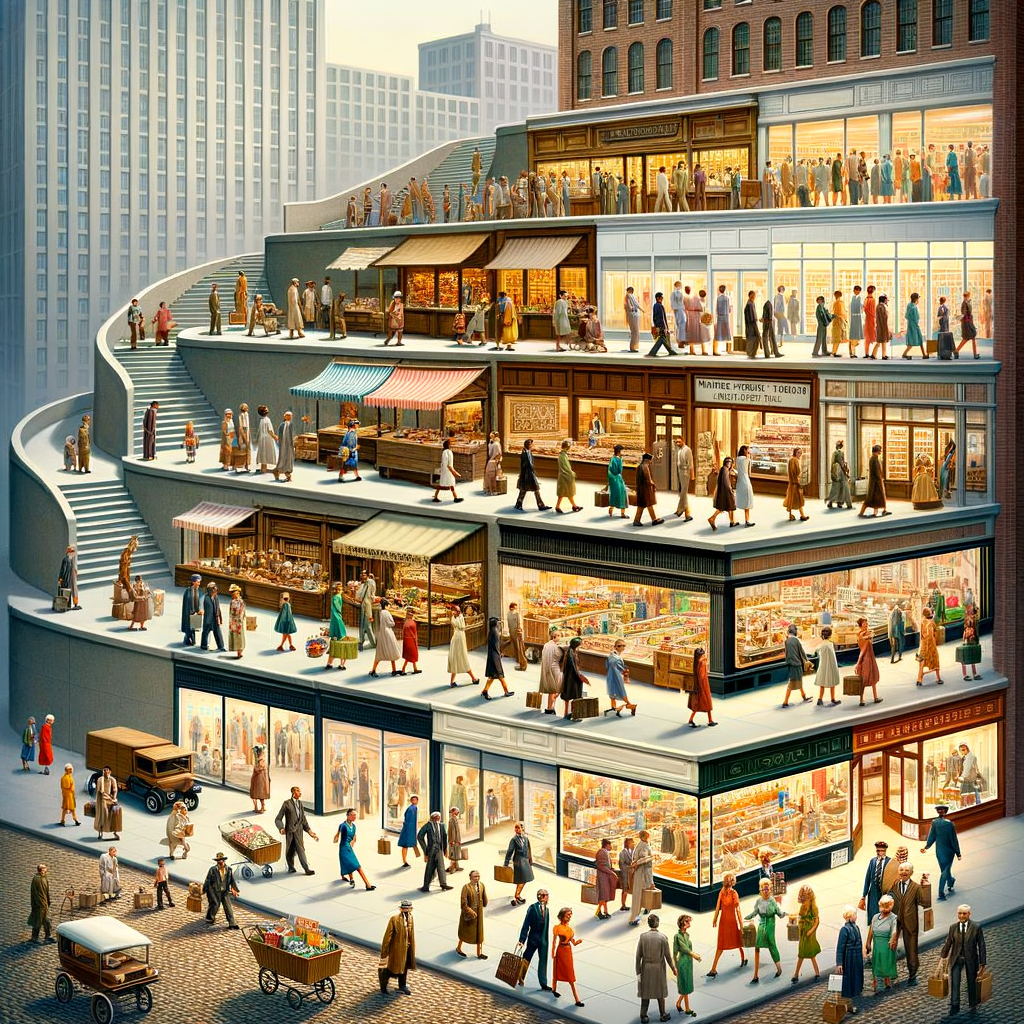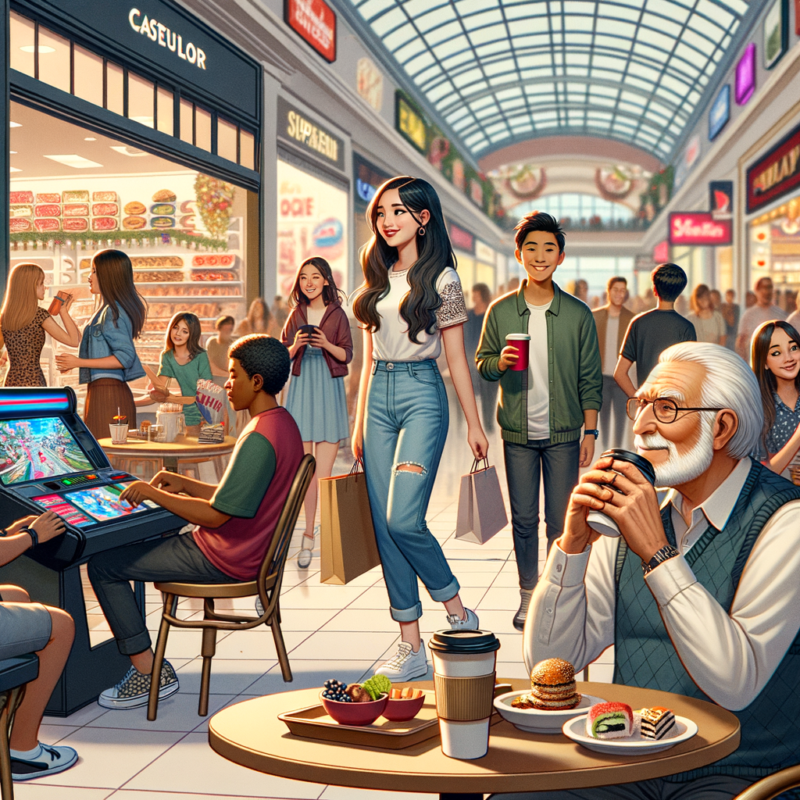Shopping has always been an integral part of human civilization. From the days of bartering to the modern cashless transactions, the concept of commerce has constantly evolved. One significant facet of this evolution has been the development of shopping centers, which have undergone remarkable changes over the years.
The Evolution of Shopping Centers

Early Origins
Shopping centers can trace their roots back to ancient marketplaces, where people gathered to exchange goods and services. These rudimentary centers gradually evolved into small, neighborhood-focused markets and stores. However, it wasn’t until the 20th century that the concept of shopping centers as we know them today truly took off.
Rise of Local Malls
The mid-20th century witnessed the rise of local malls, transforming the way people shopped. These malls became not just places to buy goods but also hubs of social interaction and leisure. Local malls offered a wide variety of stores under one roof, making shopping convenient and enjoyable.
The Impact of Online Shopping
E-commerce Boom
The advent of the internet brought about a paradigm shift in shopping habits. Online shopping became increasingly popular, offering convenience and a vast array of choices. This trend posed significant challenges to traditional local malls as consumers could now shop from the comfort of their homes.
Challenges Faced by Local Malls
Local malls faced the dilemma of adapting to the digital age or risk becoming obsolete. Many struggled to retain foot traffic as consumers favored the ease of online shopping centre. This led to a period of adaptation and innovation within the industry.
The Emergence of Mega Malls
Entertainment and Experience-Centric Approach
To counter the allure of online shopping, shopping centers evolved into mega malls. These mega malls transformed themselves into destinations that offered more than just retail outlets. They focused on creating memorable experiences, incorporating entertainment options like cinemas, amusement parks, and fine dining.
Integration of Technology
Another pivotal aspect of the transformation was the integration of technology. Mega malls embraced digital innovations such as interactive maps, contactless payments, and personalized shopping experiences, enhancing the overall shopping experience.
Changing Consumer Behavior
Convenience vs. Experience
The shift towards mega malls highlighted the changing preferences of consumers. While convenience still played a crucial role, consumers were now seeking more than just purchases; they craved memorable experiences and social interactions.
Sustainability Concerns
In addition to experience, sustainability became a growing concern for consumers. Mega malls began to adopt eco-friendly practices, incorporating green spaces, energy-efficient systems, and sustainable building materials.
Adaptation and Innovation
Redevelopment of Local Malls
To survive in the era of mega malls and online shopping, many local malls underwent significant redevelopment. They reimagined their spaces, embracing the principles of mixed-use developments that combined shopping, entertainment, and residential spaces.
Digital Transformation
Digital transformation became the lifeline for shopping centers. They leveraged data analytics, augmented reality, and virtual shopping experiences to stay relevant in the digital age.
Future Trends
Mixed-Use Developments
The future of shopping centers seems to revolve around mixed-use developments that seamlessly blend residential, commercial, and entertainment spaces. This integration aims to create vibrant communities rather than just shopping destinations.
Sustainability Initiatives
As environmental concerns continue to grow, shopping centers will further invest in sustainable practices. This includes green building designs, renewable energy sources, and eco-conscious retail strategies.
Conclusion
The evolution of shopping centers from local malls to mega malls signifies their resilience in the face of changing consumer behavior and the digital age. While the core purpose of shopping remains the same, the way we shop and the experiences we seek have evolved significantly. Shopping centers are adapting, innovating, and embracing a sustainable future to remain relevant in the ever-evolving world of retail.
